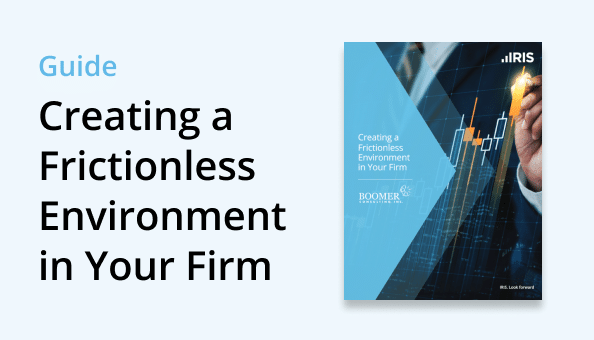BLOGS
Four Ways to Accelerate Tax Season Workflow

Operating in thrive mode during tax season can be challenging. So now is a great time to start planning how you can accelerate processes before the workload feels overwhelming.
Examining the flow of tax folders through your firm requires an audit of processes, technology, and resources needed to get the work done. But where do you start? Here are four ways you can accelerate workflow, allowing your firm to run more efficiently and thrive during tax season.
1. Track work-in-process and reporting on demand
Scheduling work, tracking status on work, and keeping your people productively moving work forward is critical to revenue and your firm’s reputation. It is more common than one might expect for a firm to not know with certainty the status of the work-in-process or the various stage that each project is at.
Having the capability to report on work-in-process and the various stages of all work-in-process at a moment’s notice, in real-time, without having to print a report and review it will help solve this problem. Even better, when the entire team has access to these dashboards and reports to see urgent issues. Additionally, being able to easily filter reports to drill into the details you need to assign or reroute work speeds this process.
2. Standardize processes
When there is no firm-wide standardization in tax workflow process, moving work from one staff member to another or one partner to another can be difficult and create additional issues with workflow stoppages.
Defining the most effective processes which fundamentally weed out less than ideal or wasteful processes is the first step to standardization The challenge is the act of making processes standardized for everyone in the firm without the use of workflow software.
Firms will implement workflow software to automate and streamline the standardized and agreed-upon flow of work through the firm. Workflow software aids through automation and delivers an objective process that can be measured, managed, and improved over time.
3. Real-time tax prioritization
Due dates are in jeopardy when you do not have the ability to prioritize tasks in real-time. The question of whether there is something of higher priority that should be worked on (e.g. due earlier than what you are working on at present, higher client priority, the project has been stagnant for a while, etc.) will persist.
If due dates have been an issue in prior tax seasons, your firm might benefit greatly from workflow software. Having real-time due-date information at your fingertips, without having to labor through a daily or weekly physical audit of accordion files for status and tracking, is worth its weight in gold.
4. Due date control
This profession is ruled by tax filing deadlines and due dates. Understanding the general areas where workflow improvements and efficiency gains can be made is the first step to thriving during tax season.
For example, having the ability to do a mass update for extensions for multiple clients can make your life easier and save time by significantly reducing administrative workload.
How can IRIS help?
We help solve our clients’ biggest challenges, stay compliant, and get tasks done right the first time, every time. We know one size doesn’t fit all; we offer software solutions to fit firms of all types and sizes. Learn more about IRIS solutions and discover why 50 of the Top 100 CPA firms in North America choose IRIS.











